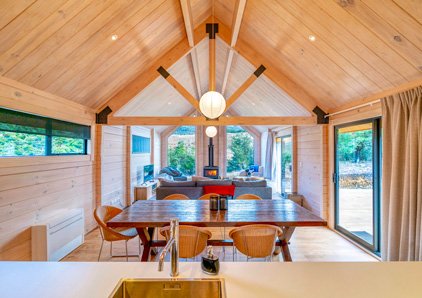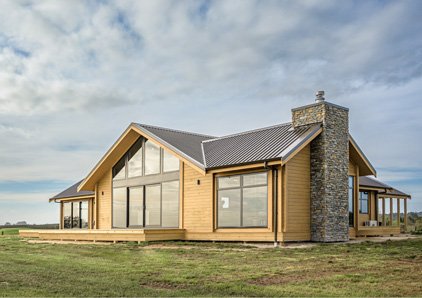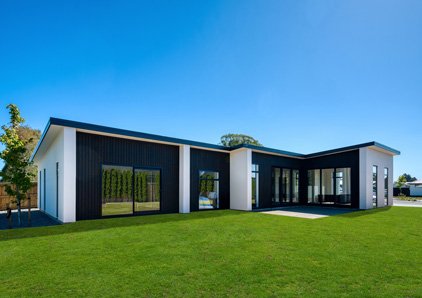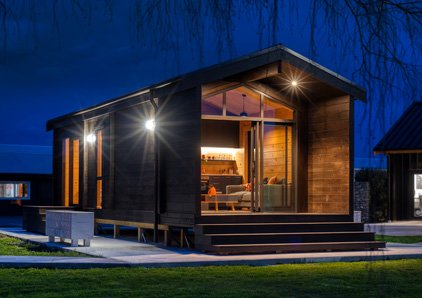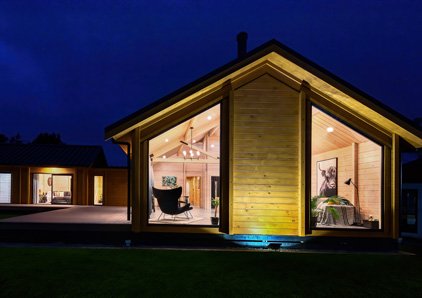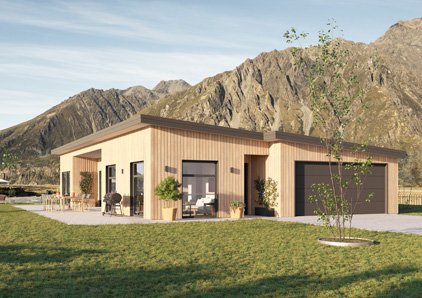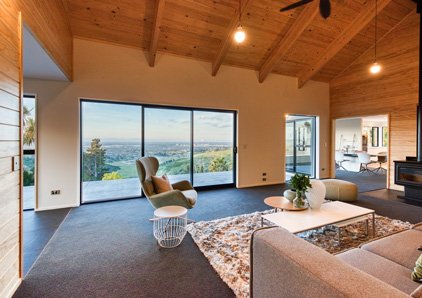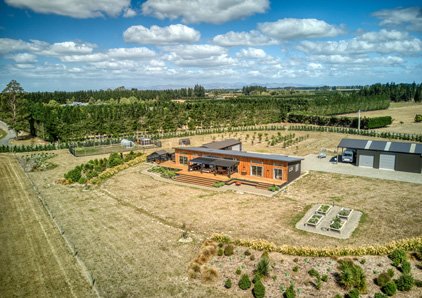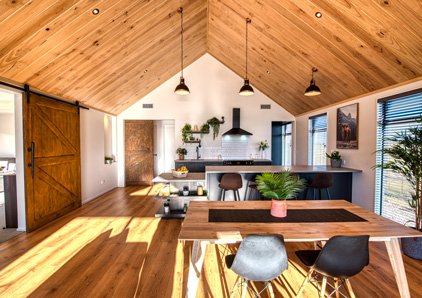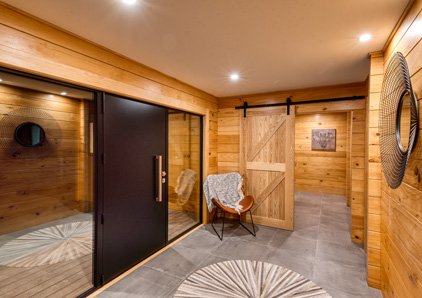
Natural disasters, such as earthquakes, floods and fires, can have a profound impact on communities and individuals. While the immediate damage caused by a disaster is often devastating, it is just the tip of the iceberg when it comes to the long-term impacts that these events can have. From mental health issues to financial stress, the aftermath of a disaster can have far-reaching consequences that can last for years, even lifetimes.
Studies conducted by the University of Canterbury and the University of Otago have shown that individuals and communities affected by natural disasters, such as earthquakes, are at increased risk of developing mental health problems like depression, anxiety, and PTSD. Children and adults who have lost their homes or suffered significant damage to their home as a result of a disaster are at an even greater risk of developing mental health problems.
Financial stress does of course accompany any significant natural disaster. Disasters can disrupt businesses, result in job loss, and cause damage to property and infrastructure. This can have a significant impact on individuals and communities, and can be particularly challenging for those who are already struggling financially. Disputes with insurers over earthquake repairs can also add to the stress and financial burden for those affected by natural disasters.
The impact of natural disasters can also be felt in the classroom, with studies conducted by the University of Canterbury showing that children who have experienced a disaster, such as an earthquake, have lower school performance compared to children who have not. This can be due to the trauma and stress experienced by the child and their parents, as well as the disruption to the education system caused by the disaster.
As a new home owner, it’s crucial to do your research and make sure that your building and infrastructure follow low damage design best practices in light of the broad and long-term impacts of natural disasters. Low damage design refers to the design of structures that are more resilient to natural disasters, with the aim of minimising their impact on communities and individuals and supporting recovery efforts. This can be achieved through various strategies, such as seismic isolation, base isolation, and structural damping, that work to reduce the amount of damage sustained during a disaster. By ensuring that your home is built with low damage design in mind, you can help protect yourself and your community in the event of a natural disaster.
The effects of natural disasters extend far beyond the immediate destruction and loss of life. The aftermath can have a significant impact on individuals and communities, including mental health issues, financial stress, and impaired school performance. It’s crucial that we not only understand the full scope of these impacts, but also take action to prevent them. This can be achieved by implementing low damage design in the construction of buildings and infrastructure. The studies conducted by the University of Canterbury and the University of Otago highlight the importance of considering the long-term effects of natural disasters and the critical role of low damage design in building a safer, more resilient future. It’s time for us to act and make significant changes in our building methods to save lives and prevent the myriad of issues caused by the experience of a natural disaster.
Further reading:
The impacts of the Canterbury earthquakes on educational inequalities and achievement in Christchurch secondary schools (2013) – University of Canterbury
The psychosocial consequences of the Kaikoura earthquakes – Sir Peter Gluckman
State of shock: How our buildings save lives but little else – Stuff
